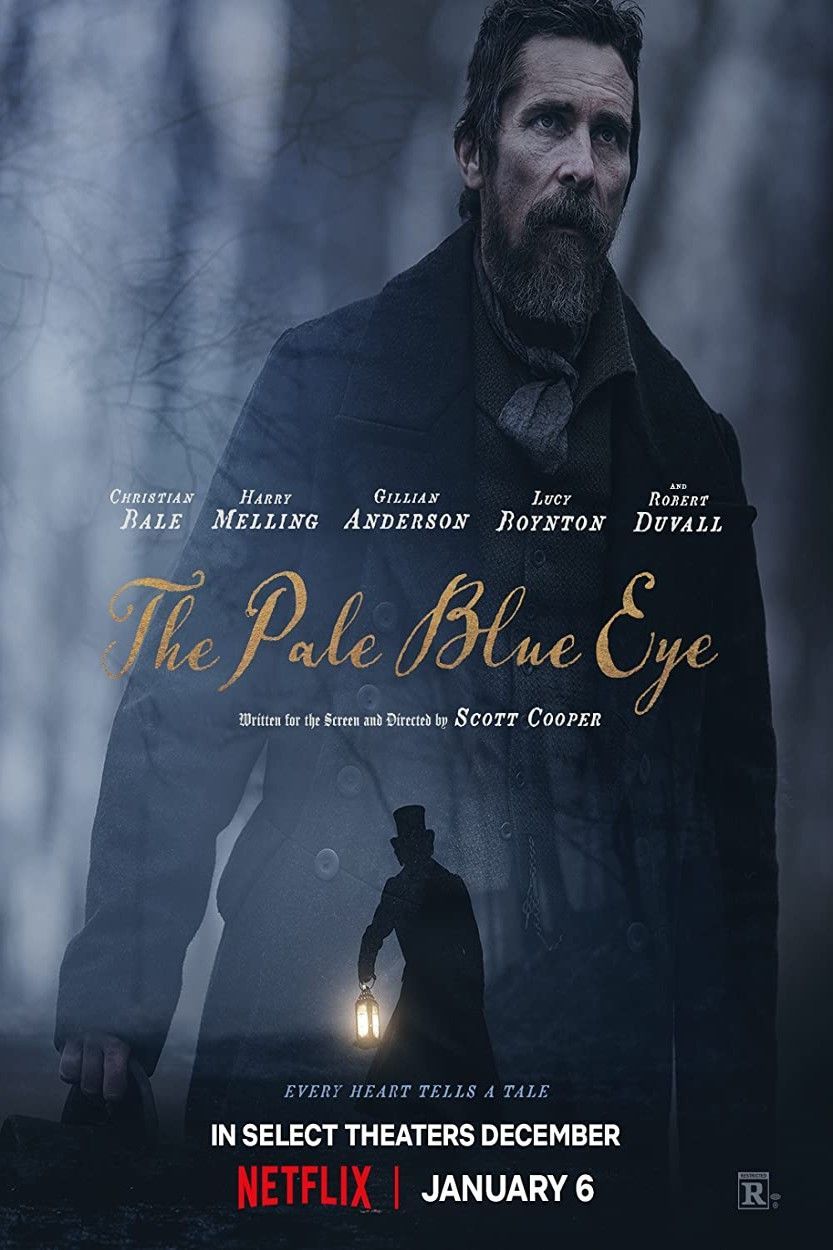Gothic horror is a genre that often fluctuates in popularity based on the times. It flourishes in times of uncertainty — likely due to the escapism it provides, as a welcome fantasy that distracts from harsh reality. Or because it allows us to face unpleasant issues through metaphor and gives more space to process and cope with the unfairness of the world. Nevertheless, Gothic horror has had a strong resurgence in recent years, especially with Robert Eggers‘ iconic 2024 remake of Nosferatu.
In addition, other notable contemporary Gothic films include favorites like Crimson Peak (2015), A Haunting in Venice (2023), The Witch (2015), Gretel & Hansel (2020), and essentially any series Mike Flanagan has made since 2018. However, Netflix’s 2022 release, The Pale Blue Eye, has been vastly overlooked. Directed by Scott Cooper, and starring Christian Bale and Harry Melling, The Pale Blue Eye is a thrilling tale based on Louis Bayard’s 2006 novel of the same title. Not only does it hit all the major themes of Gothic horror, it’s also thrillingly original and enticing in its mystery.
What Is ‘The Pale Blue Eye’ About, and What Makes It Gothic Horror?
The Pale Blue Eye is very effective at hitting the marks of what makes a Gothic story, starting with a specific setting and atmosphere that utilizes the supernatural. They often take place in a haunted castle, on rough seas, or a dreary environment surrounded by fog or thunderstorms, with themes of isolation, tragedy, suspense, death, or romance. Omens, curses, secrets, and forbidden truths tend to be motivators or a focus of the story, while narratives involve overcoming corruption, searching for the truth, or correcting an injustice. A Gothic horror environment feels uncanny or otherworldly and Gothic stories often involve a damsel in distress — or, alternatively, in complete control. They also often involve a burdened male protagonist, a trope perfectly embodied by Bale’s character in The Pale Blue Eye.
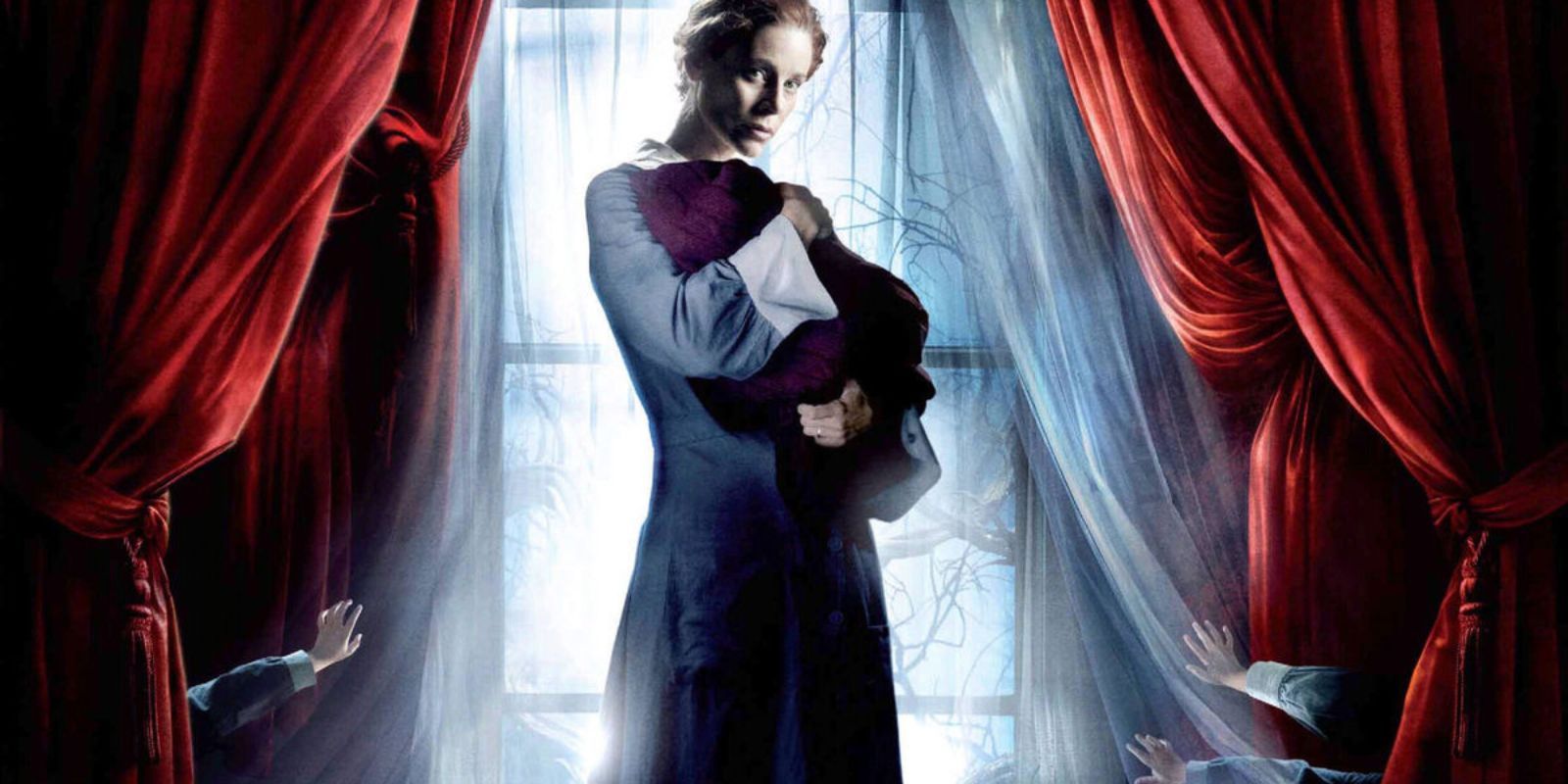
Related
The 10 Most Underrated Gothic Horror Movies, Ranked
“During afternoon tea, there’s a shift in the air, a bone-trembling chill that tells you she’s there.”
In The Pale Blue Eye, the plot revolves around Augustus Landor (Christian Bale), a retired detective who enlists the help of a young cadet, Edgar Allan Poe (Harry Melling), to investigate the brutal murder of a West Point cadet. Although Landor plays the lead, the story is also a fictional interpretation of Edgar Allen Poe’s early years, before he became world-famous for his writings. As the narrative plays out, the investigation becomes more twisted and convoluted, revealing there is much more context to the murder than initially thought. Taking place in 1830 during a dreary New York winter, the setting is immersive and mystifying, while also unfamiliar and eerie. The Gothic atmosphere is perfectly utilized through the setting, the characters’ qualities and motivations, the plot line, and the mystery that is eventually untangled and revealed. What begins as a Sherlock Holmes-style investigation eventually evolves into a complex exploration of grief and revenge.
Why Scott Cooper’s ‘Pale Blue Eye’ Deserves More Eyes
Overall, The Pale Blue Eye is a worthy addition to the 2020’s Gothic Horror canon, The film succeeds not just in perfectly capturing a Gothic atmosphere and themes, but also the memorable performances of Bale and Melling alongside one another. Their characters’ chemistry is enticing, and the contrast between the two make the conflicts and crossroads that arise much more compelling. Bale is the more straight-faced, serious lead that embodies the “burdened male protagonist”, while Melling is a bit more clumsy, lighthearted, and naive, yet highly intelligent. The plot also successfully throws off audiences by using a non-linear timeline to manipulate how the situations and individuals are viewed — either as victims or perpetrators. The “search for the truth” narrative, that combines tragedy with revenge and justice, also works as a “correcting an injustice” narrative interchangeably, and is successful in doing so.
Although Nosferatu may have initiated a revived interest in the Gothic horror genre, The Pale Blue Eye is a strong contender that was released two years prior. In many ways, the film’s protagonists are a baseline for the classic detective duo trope. This was noticed by critic Glenn Kenny, who wrote in his complimentary RogerEbert.com review, that, “the movie honors the real-life figure who would, among other things, become the arguable creator of the American detective story.” But it does evolve into something much more sinister and dark as the mystery deepens. Regardless, Cooper created a perfect mood and atmosphere that truly transports audiences into a different time and place using contrasting bleak, blue outdoor spaces to warm, candle-lit interiors. So if Nosferatu tickled a Gothic itch, be sure to check out The Pale Blue Eye.










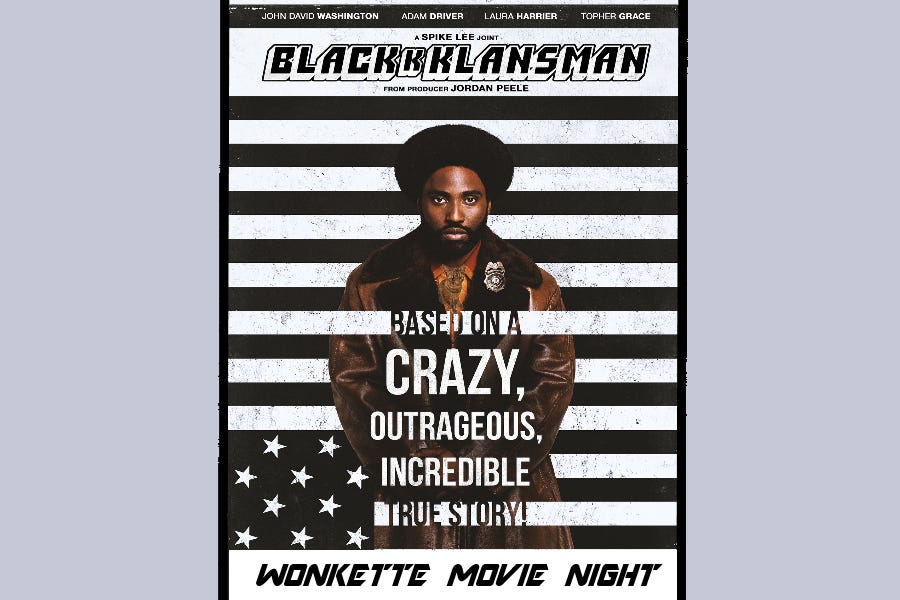
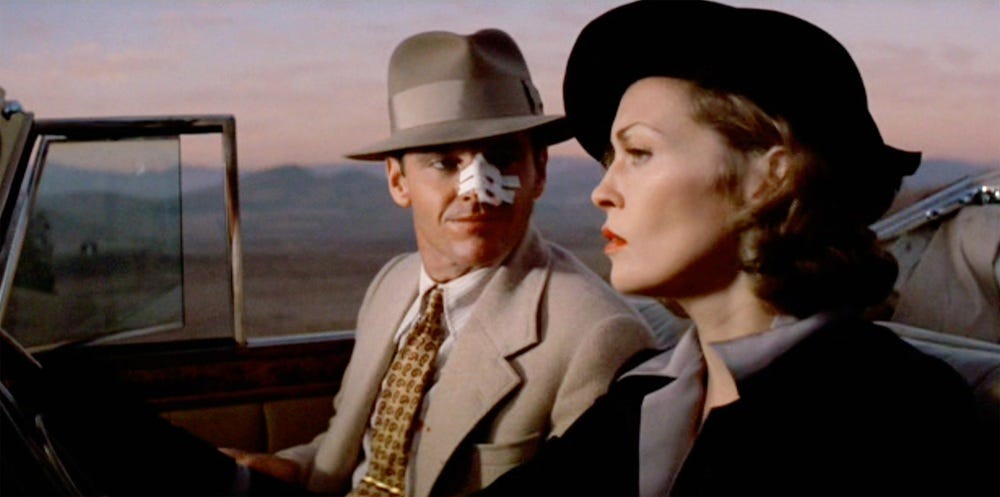
















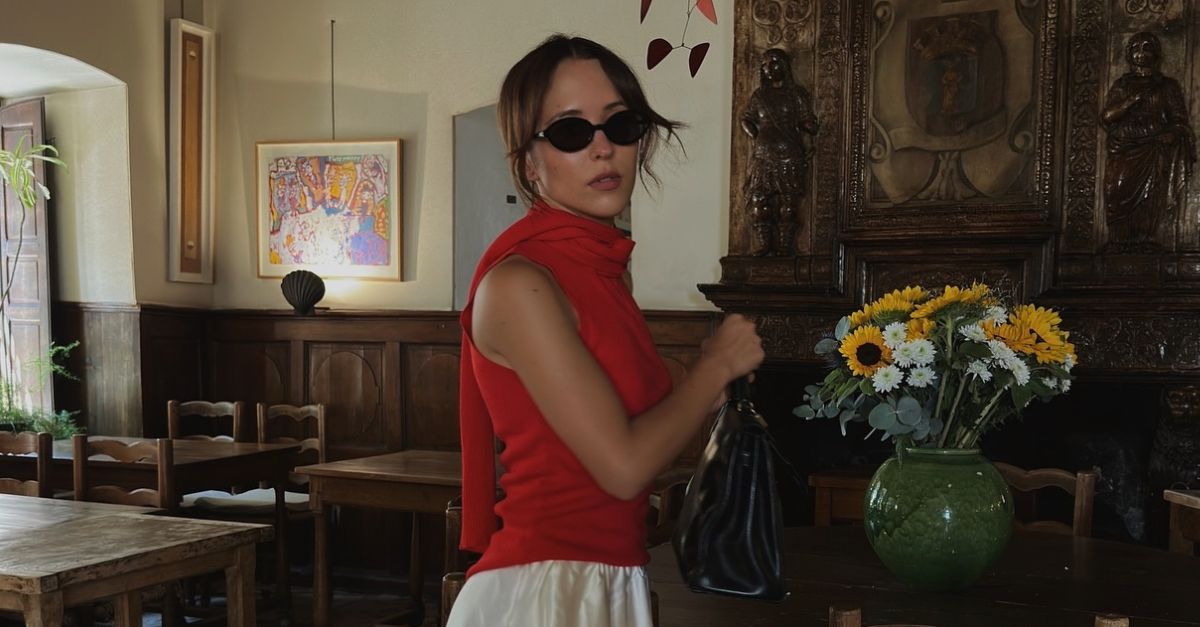









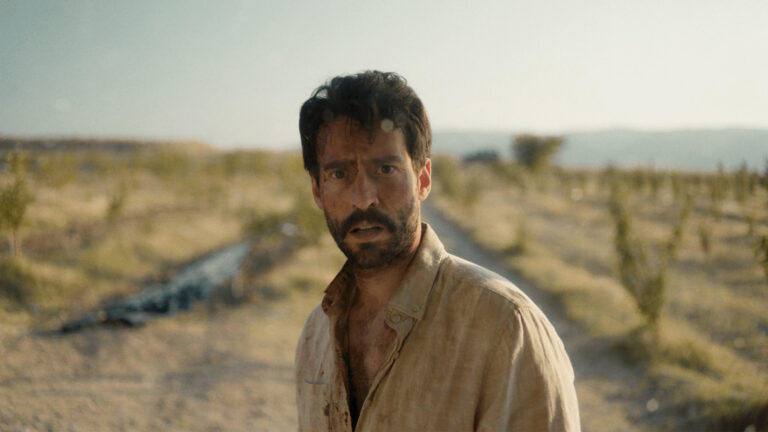










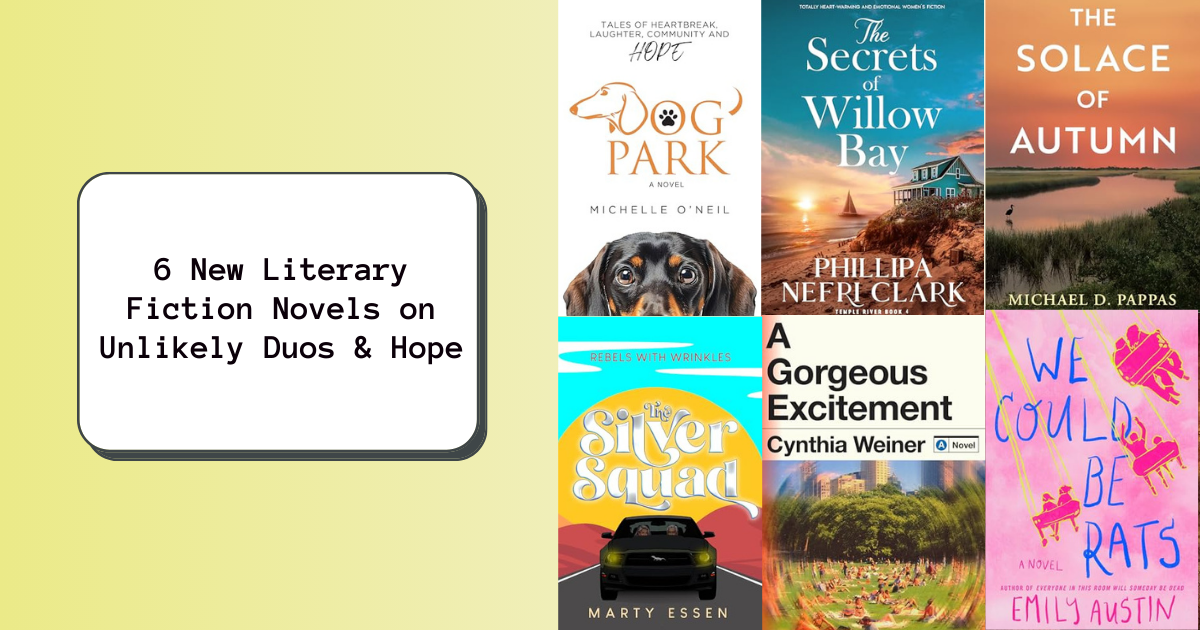

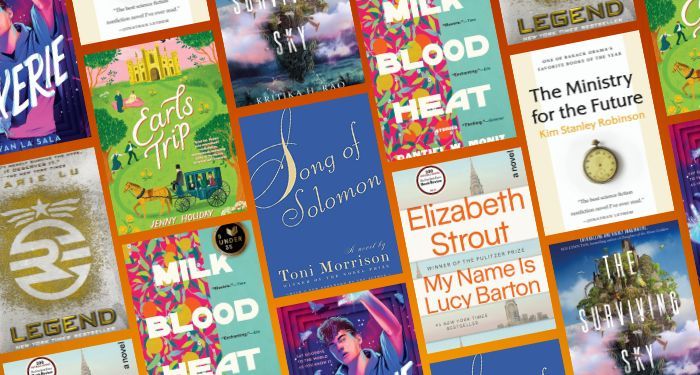
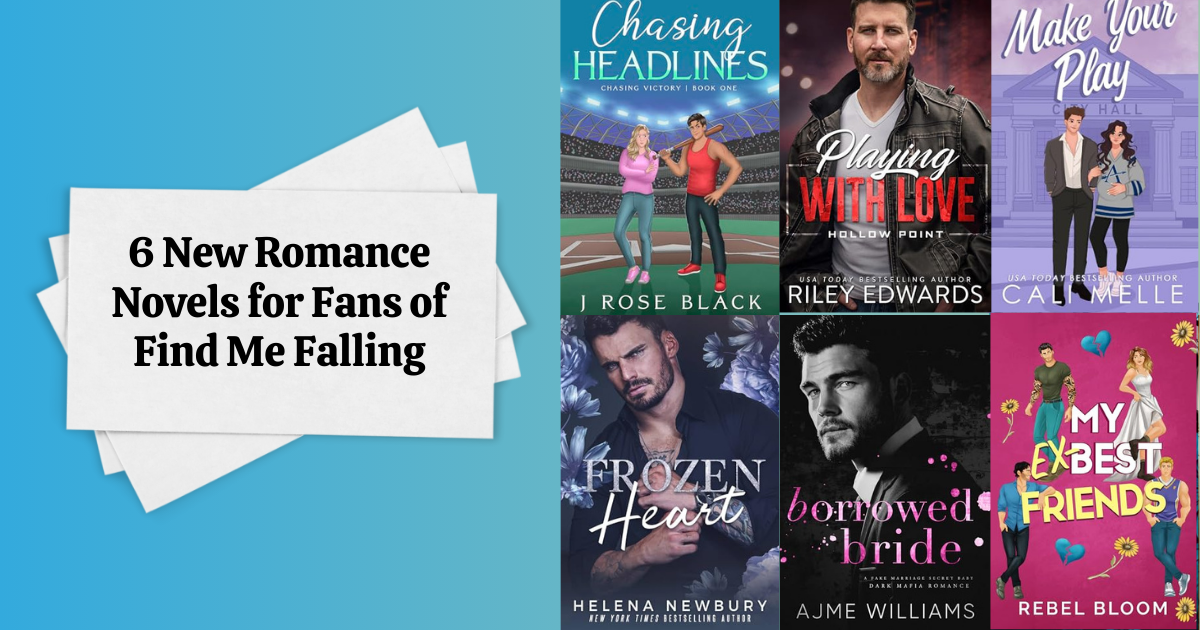


![The Social Media Funnel Explained [Infographic] The Social Media Funnel Explained [Infographic]](https://imgproxy.divecdn.com/6ikpva2mP7mvhaHG4yj_J6dzhXnEZMvZFDHDbI6Qucs/g:ce/rs:fit:770:435/Z3M6Ly9kaXZlc2l0ZS1zdG9yYWdlL2RpdmVpbWFnZS9zb2NpYWxfbWVkaWFfZnVubmVsX2luZm9ncmFwaGljMi5wbmc=.webp)




